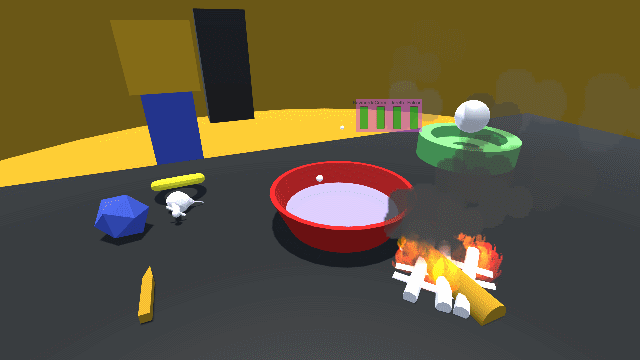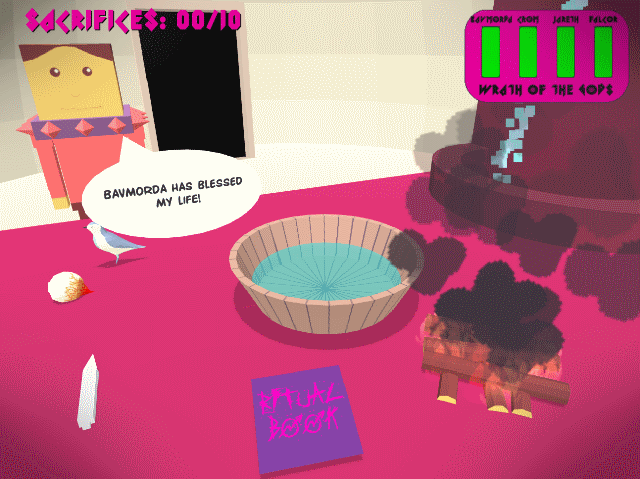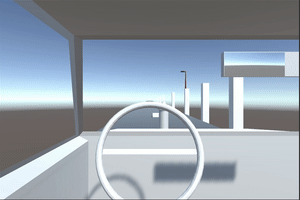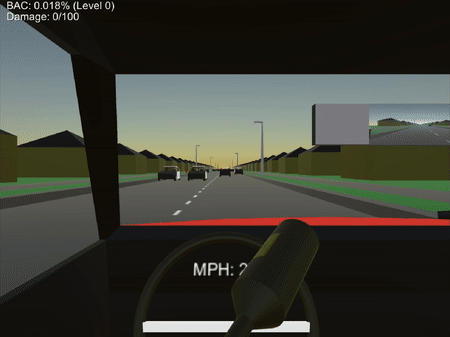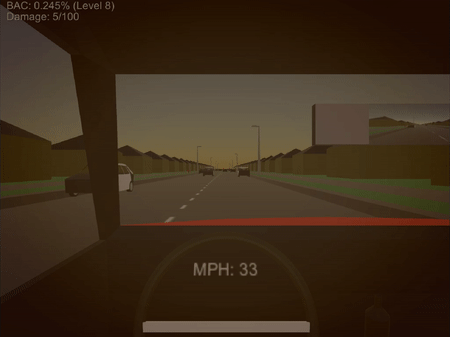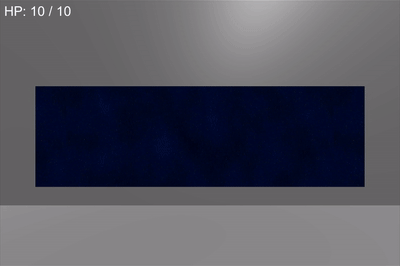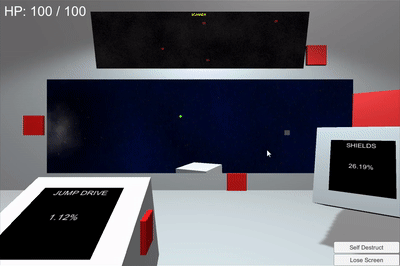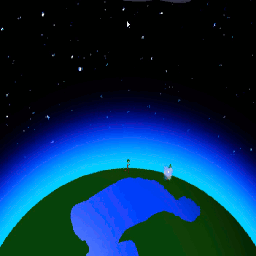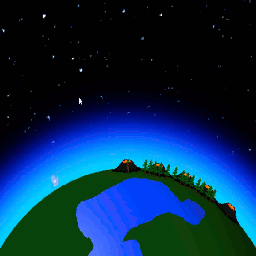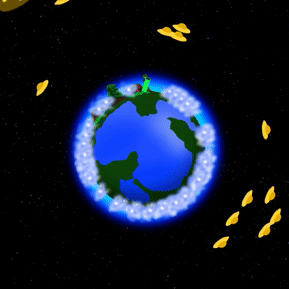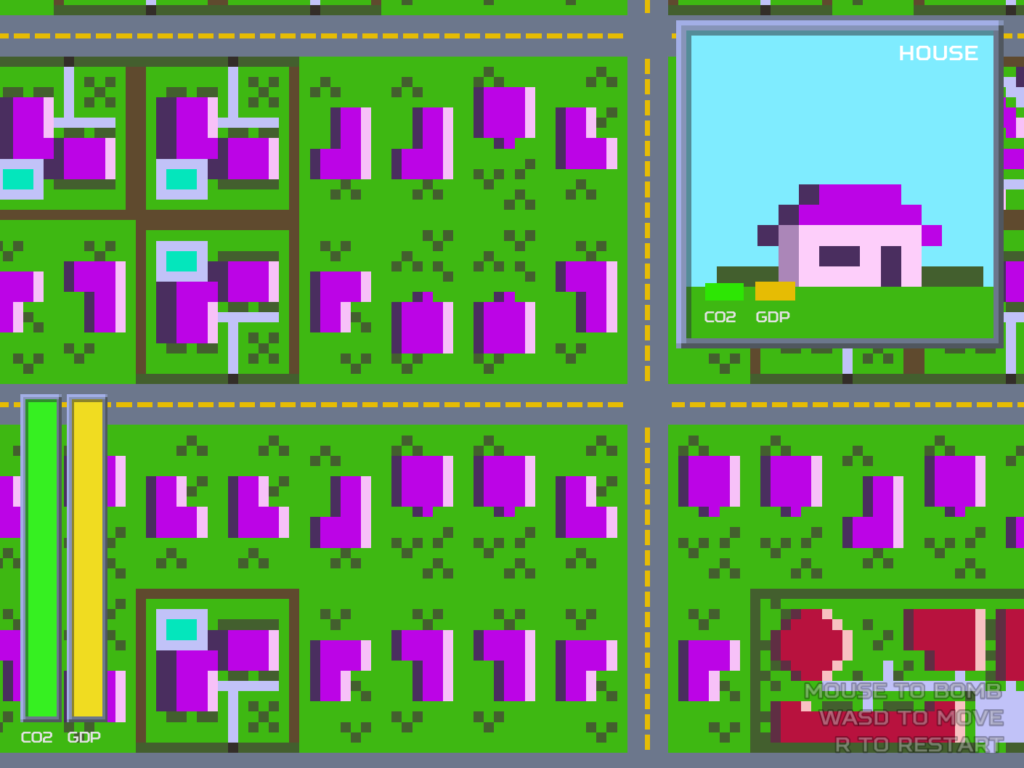
Last month, I made 100 Pixels to Midnight. Click here to play.
My intention with this game was to teach the player something. Like the Sims, or more appropriately, Sim City, teaching moments aren’t explained to the player. In the Sims, a burglar freely robs your house if you don’t have an alarm system. In Sim City, land values suffer from cheap coal plants pollution. There was nothing telling the player “if you do that, then this will happen.” The game responded to the player organically.
I brainstormed a number of games, and this one seemed the funniest. Adding narration was easier than I thought it would be. Playtesters seemed to think it was funny.
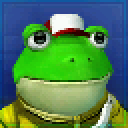
Since this was supposed to be a one-month game, I wanted the simplest mechanics possible. It may have ended up too simple. I’m itching to program something with more meat to it, like a simulator. But for the first month of the year, this was a good test run to see what I was capable of.
Originally, the art was double the size. I’m glad I cut back, and I feel like the art could even be smaller. The chosen palette worked out, for the most part. The program automatically generated animations, making it possible to cram so much art in so little time. Speaking of so much art – I rushed the end sprites; it took around an hour to add one building. I ended up doing the minimum buildings required in the end. I didn’t even touch the end scenes (thank goodness for Simpsons). Art in general was the bottleneck to this game, and I was pretty frustrated with it.
Playtesting helped immensely. One, it gave me a break from art! And two, it helped me see how bad the game was at explaining things. The narration was confusing, nobody understood when the narrator died, and people didn’t know there were alternate endings. Oh, and they couldn’t beat the game! I’m not sure if I actually fixed any of these problems, but I spent much-needed time on the narration. I’m pretty happy how it ended up.
I’m not sure how I’m going to solve the “art” problem. Animation takes a lot of time, and I’d rather be programming. For 100 Pixels specifically, I definitely should have cut the preview window. The purpose of the window was to showcase the pixel art and the consequences of bombs, but it took up a lot of screen space, and it (at least!) doubled the art load I had to do. I could have spent that time on more buildings. For bombing effects, I could have placed smoke animations on the plots. While adding “preview window” to the TODO list was easy, the effects of that decision almost tanked the game.
Well, I’m already in the middle of my next game! It’s art-based, and even less mechanics. Wait a minute…

